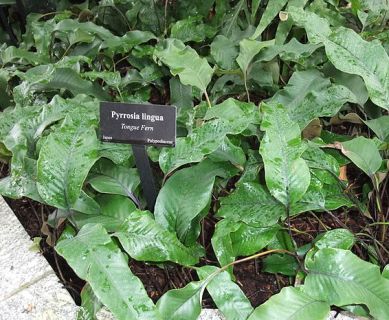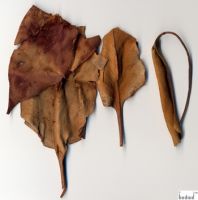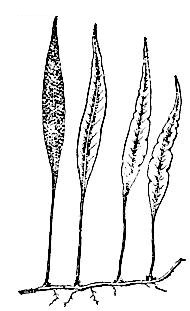Antibacterial, Antiviral.[4]
- Short, stabbing, painful urination due
to Damp Heat in the lower Burner, with
Dianthus
superbus- Qu mai and
Talcum- Hua shi. For hematuria,
add Dong kui zi.
- Hematuria accompanied by stabbing pains, with
Typha
latifolia- Pu huang.
- Hemoptysis due to Heat in the Lungs, with
Sanguisorba
officinalis- Di yu.
- Coughing and wheezing due to Heat and phlegm in the Lungs, with
Areca
catechu- Bing lang (both ground into powder), and taken with
Zingiber
officinale- Ginger tea.
- Leukopenia, with
Ziziphus jujuba- Da zao.
[1] Barefoot Doctor's Manual- 1977 Prepared
by the Revolutionary Health Committee of Hunan Province. Original Chinese manual-
Victor W. Sidel. Originally published by Dr Joseph Quin and the Fogarty International
centre, Bethdesda (1974). Madrona Publishers Seattle Washington ISBN 0-914842-52-8
[2] A Complete English Dictionary of Medicinal Terms in Chinese Acupuncture
and Herbalism 1981- Henry Lu Chinese Foundations of Natural Health- The Academy
of Oriental Heritage, Vancouver, Canada.
[3]
americandragon.com
[4] Translation notes from Gary Seiford and Hocu Huhn- NSW College of Natural
Therapies. Sydney Australia (1982).
[5] Chinese Herbal Medicine Materia Medica- Dan Bensky and Andrew Gamble- Eastland
Press 1986 Seattle Washington ISBN 0-939616-15-7
Images
1.
en.wikipedia.org
by BotMultichillT Public Domain
2.
[1]
3.
tcmwiki.com Pyrrosia
lingua. P. sheareri. 石
苇 Shí
wěi Tongue
fern, Large Pyrrosa
Family: Polypodiaceae
Pyrrosia
lingua. P. sheareri. 石
苇 Shí
wěi Tongue
fern, Large Pyrrosa
Family: Polypodiaceae

 HABITAT:
Grows in dark damp places on hilly slopes, between rocky crevices, and along cliffs.
HABITAT:
Grows in dark damp places on hilly slopes, between rocky crevices, and along cliffs.